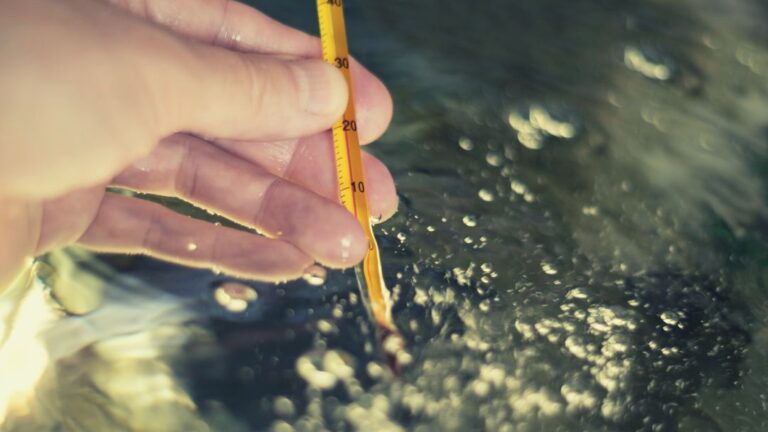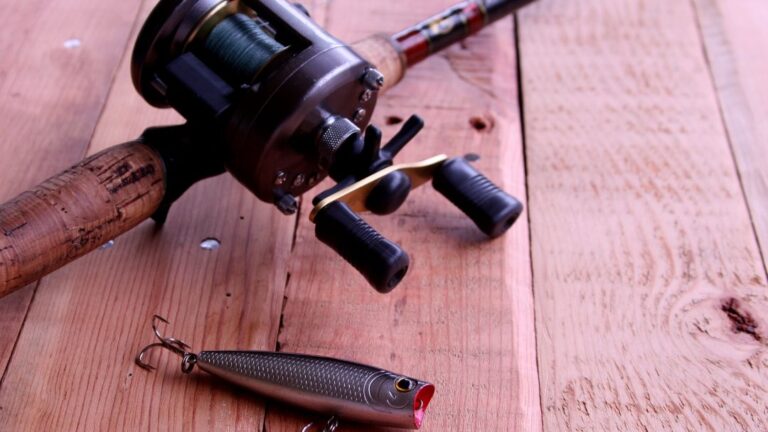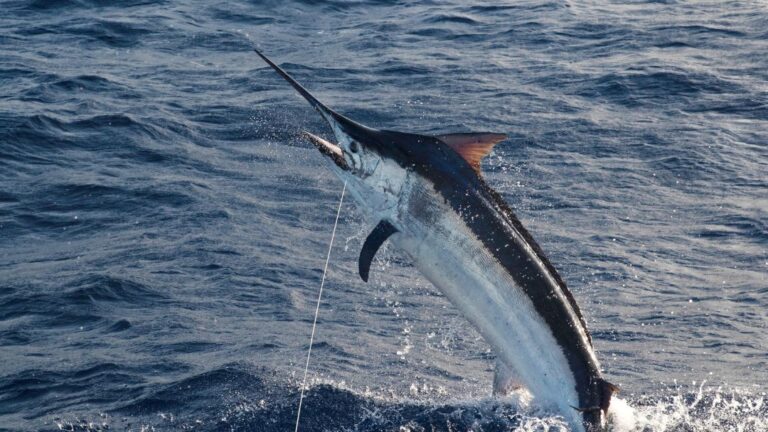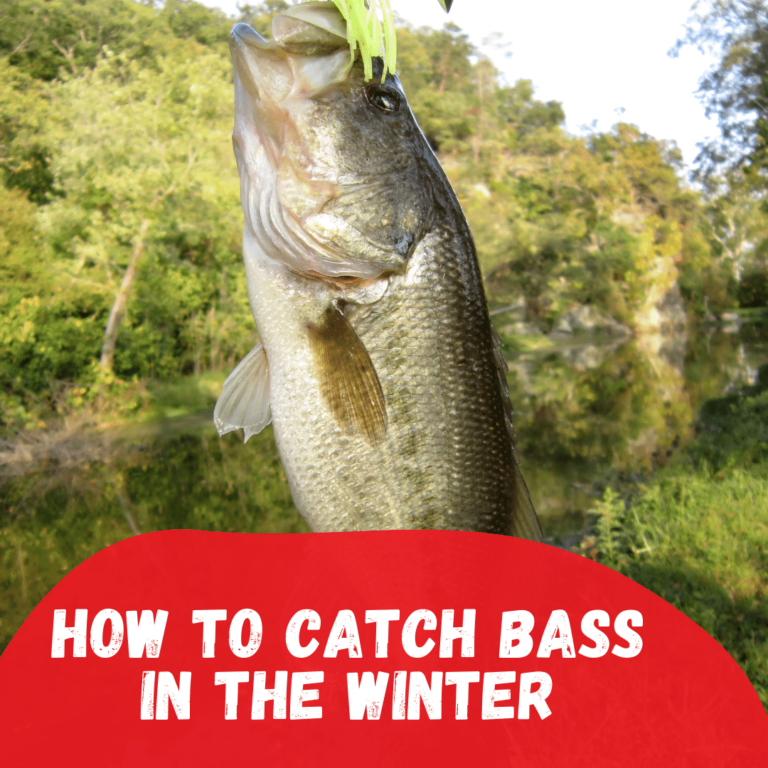Where Do Catfish Hang Out
Are you searching for monster catfish? There are nearly 3,000 catfish species around the world. They are mainly found in tropical South America, Asia, and Africa. But, the Americas have the highest number of all catfish species in other countries.
Where do catfish hang out? You can find catfish Outside Bend Of River Curves, Deep Holes, wing dams, creeks, tributary mouths, bottom channels, rock banks, inundated water areas, log rafts, etc. But the availability of catfish may vary depending on water temperature, oxygen content, water depth, current, and water clarity.
Where Do Catfish Hang Out?
Like other fish, catfish don’t live in all areas of water. Their living location may vary depending on water temperature, oxygen content, water depth, current, and water clarity.
The followings are the common areas where most catfish prefer to hang out.

01. Outside Bend Of River Curves
Catfish love edges. You may find them outside the bend of river curves when the water flow becomes evenly resistant.
The food-carry current has a slower speed. It delivers shelter to catfish.
You can aim at the outside edge at falling tides and the upper edge of the river. A wide range of fish species is likely to present on the structural elements of edges.
You may see catfish movements at mud edges, shorelines, wind-blown edges, weed edges, etc.
Catfish generally come outside the edge of river curves due to the availability of food sources brought in by the current or wind.
02. Deep Holes In Rivers And Ponds
If you are catching catfish on hot summer days, give special attention to deep holes in rivers and ponds.
Their average depth is around 20 to 35 feet below the surface. Catfish have attracted to these hot spots as deep holes are cooler than surrounding areas.
Drastic temperature changes don’t affect these holes. Its stability makes them safe water for catfish.
Catfish prefer to stay here during the daytime conditions. It becomes their daytime hiding place.
Besides, deeper holes have slow-moving or still waters. This allows them to detect and locate food sources such as insects, crayfish, and other small aquatic creatures.
In addition, catfish will get more oxygen in deep water to survive comfortably.
03. Wing Dams On Rivers
Wing dikes or dams are built to stick out from the shore and stretch across the river’s width.
They are constructed to divert the river’s flow from the outer bank towards the middle of the river, aiming to preserve a navigable waterway with a greater depth.
Catfish love staying in these slack water areas, especially in the spring and fall.
When a meal comes to this upside-down underwater eddy, they will merely spend any energy.
However, anglers must be cautious while catching fish in wing dikes. The action of wing dams is a bit complex.
You can aim at catching catfish in the quieter waters downstream of wing dams.
If you are catching fish in the late summer, focus on wing dikes and concentrate on the deepest and fastest water. Look into the shallows of the wing dam during low light conditions.
04. Creek Of Water
Catfish can be occasionally found in estuarine or fresh water.
Creeks are a particular type of stream, known as a small body of flowing water. It occurs naturally through a swale or engineered channel.
But why are catfish often seen in these flowing waters? This is especially common when they are continuously fighting against the current.
Catfish will stay in creeks to rest for a while. They are known as “current breaks.”
However, don’t think ponds and lakes have the same pattern of creeks. They significantly vary mainly in terms of current.
You can aim at submerged timber and brush or Overhanging trees for catching catfish. They often hide these hot spots due to the changed depth in the creek.
05. Tributary Mouths
A tributary is a smaller river or stream that heads into a larger one. But it doesn’t feed into directly any sea, ocean, or lake.
When the plume of tributary water enters the warmer mainstem water, it can create hot spots for catfish.
The calmer water in the tributary mouth can provide a place for fish to rest and escape the faster-moving currents of the main body of water.
Catfish migrate upriver to spawn during times of the year. Generally, migratory catfish species living in a river can be found in tributary mouths.
As their level increases, they need a higher amount of food. If tributary mouths have a higher concentration of food, catfish are likely to be present there.
06. Bottom Channels
The bottom of the lake or river channel is called the bed. It is the deepest and most consistently flowing section of the riverbed.
Catfish often stay in these hotspots as it provides a consistent flow of oxygen-rich water and can offer protection from predators.
Besides, the bottom channels of the lake or river create ideal conditions for their spawning and rearing needs.
It can be an excellent area for catching catfish. But knowing the right fishing technique is the key.
You can use drift fishing, bottom bouncing, or jigs to target catfish in bottom channels.
Channel catfish, blue catfish, flathead catfish, etc., are the standard options you can catch.
07. Rock Banks
Riprap works as a perfect alternative when there is a lack of natural cover in waterways.
It has granite, gravel, and many other types of rock stacked along shorelines to prevent erosion. These rocks and chunks of concrete are where the current hits the shore.
Catfish use them as ambush spots due to the higher current availability against the rocky banks.
Generally, the hot spot for this broadening type of cover is within 2 to 3 feet of the shoreline.
Riprap can provide a surface for algae and other aquatic vegetation to grow on. This can attract small fish and other prey that catfish feed on.
When fishing for catfish in riprap areas, use the right bait and techniques. Cut bait, stink bait, and live baitfish can all be effective bait for catching catfish in riprap areas.
Fishing techniques such as bottom bouncing, slip bobber fishing, and using a Carolina rig can also be effective in these areas.
08. Inundated Water Areas
Inundate waters mean a land surface covered with water thoroughly. Small lakes and ponds are sometimes flooded with water from heavy rains.
During the flooding condition, catfish may become more concentrated in certain areas, making them easier to catch.
They tend to seek out areas with slow-moving water, such as eddies and backwaters, where they can feed on various prey, including insects, crustaceans, and small fish.
It is not uncommon for anglers to rely on stinky stuff to fish in inundated ponds and lakes.
You can use shad, small bream, old canned meat, chunks of less desirable species, and chicken lever to attract catfish in this chocolate-colored water.
09. Log Rafts
If you have been fishing for years, you may already know what a log raft is.
It is usually a group of loose or bundled logs placed on water. They float on the water and have a raft-like structure.
Catfish might be attracted to the structure of the log raft as it can provide cover and shelter from predators.
Likewise, some may drown in the area around the raft if it is near a food source, such as a feeding area for insects or other prey.
Catfish are opportunistic feeders. You can use worms, chicken liver, stink bait, and cut bait to attract them.
Look for areas where the water is moving slowly. You can use a heavy sinker to reach the bottom rapidly.
Factors Affecting Where The Catfish Will Hang Out
Catfish stay in a particular location of the water system depending on various factors.
01. Water Temperature
The ideal temperature for catfish is around 75 to 85º F. However, they can survive easily if the temperature is high as 100º F.
Catfish are resistant to various diseases and parasites to survive easily in extreme temperatures.
But their activities may significantly reduce if temperatures go below 50º F.
When the temperature is too high or low, they may stay in the bottom area to find a more comfortable temperature.
02. Oxygen Content
Catfish usually need more than 3-5 ppm of dissolved oxygen underwater.
But they can survive in water where the oxygen concentrations are less than 1.0 ppm.
However, catching catfish in water with a lower oxygen level can be challenging as fish reduce their activities significantly.
They are less likely to take regular baits or lures. But using use different bait or lures may increase your chance of fishing.
You can also try adjusting your techniques and tactics to trick catfish.
03. Water Depth
If you are catching catfish in deep ponds or lakes, the ideal depth is between 15 and 20 feet.
Catfish usually stay in the deepest water, especially in summer and winter, to receive enough oxygen.
However, not all species of catfish prefer the same water depth. For instance, blue catfish tend to prefer deeper waters. You have to use lighter tackle and smaller bait in such conditions.
In contrast, channel catfish mostly live in shallower waters with plenty of covers. Anglers usually use heavier tackle and larger bait for this fish type of fish species.
04. Water Currents
Another essential aspect that determines where catfish will hang out is water currents. It generally varies among catfish.
For example, Channel catfish prefer subtle longshore currents that are caused by the movement of waves and tides.
These currents often carry baitfish, insects, and other food sources along the shoreline.
In contrast, flathead catfish prefer slower currents to easily hide in cover and wait for their prey to come to them.
Summing UP
Are you still wondering, “Where do catfish hang out?” Catfish are found in a variety of environments, from shallow waters to deep waters and from fast-moving currents to slow-moving ones. But you must understand the specific characteristics of the water.
Whether fishing in a river, lake, or pond, following the proper fishing techniques can increase your chances of fishing. Get out there and start exploring – you never know what you might catch!







